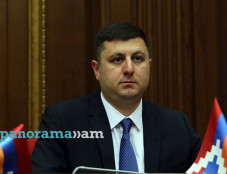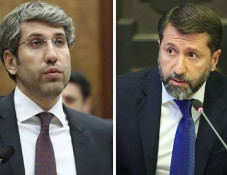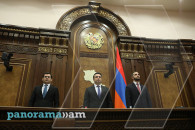
Moscow, Tehran advance plans for drone facility in Russia
Moscow and Tehran are moving ahead with plans to build a new factory in Russia that could make at least 6,000 Iranian-designed drones for the war in Ukraine, the latest sign of deepening cooperation between the two nations, The Wall Street Journal reported, citing officials from a country aligned with the U.S.
As part of their emerging military alliance, the officials said, a high-level Iranian delegation flew to Russia in early January to visit the planned site for the factory and hammer out details to get the project up-and-running. The two countries are aiming to build a faster drone that could pose new challenges for Ukrainian air defenses, the officials said.
Tehran has already provided Moscow with hundreds of drones it has used to hit military and civilian targets in Ukraine, U.S. officials have said. And the Biden administration has warned that Russia and Iran are developing a “full-fledged defense partnership.” The White House says Moscow was training Iranian pilots to fly Russian jet fighters, with the intent of sending Tehran those jets by year’s end.
In December, the White House warned that Moscow and Tehran were considering whether to build a joint drone-production line in Russia.
Now, the U.S.-aligned officials said, the talks have morphed into concrete plans with the Jan. 5 visit to the Russian town of Yelabuga, about 600 miles east of Moscow. They toured the empty site where leaders from the two nations are planning to build a new factory that can produce at least 6,000 drones in the coming years, they said.
The officials said the Iranian delegation was led by Brig. Gen. Abdollah Mehrabi, head of the Islamic Revolutionary Guard Corps Aerospace Force Research and Self-Sufficiency Jihad Organization, and Ghassem Damavandian, the chief executive of Iran’s Quds Aviation Industry, a key defense manufacturer that the U.S. says is central to developing and building the country’s drones.
So far, Iran has provided Russia mostly with so-called suicide drones, known as the Shahed-136, that contain a modest amount of explosives that detonate when the unmanned vehicles crash into their targets, U.S. and Ukrainian officials say.
Newsfeed
Videos






























